Lian Li Uni P28 Review
Introduction
Lian Li Uni Fans have been known for many things. Performance being one of them. But now, with the newest Uni P28, Lian Li is trying to get to the top of every benchmark list and start competing with other Ultra-High speed fans! It is time to look closer and see if their attempt at the new best all-rounder fan is truly the one!
Positive
- Very good Case Performance
- Very good Radiator Performance
- Very good build quality
- Build-in Daysichain System
- Great Design
- LCP
Neutral
- A Speed Limiter System which cannot harm the user (yes this is a first)
Negative
- Expensive
What's in the Box?

A triple pack of the Lian Li Uni P28 fans is coming with quite a few goodies, most of which are revolving around their connection.
Once everything is unboxed, we will be left with the following items:
- 4x Case Screws
- 1x Extension
- 3x Lian-Li to PWM adapter
- 1x Speed Controller

Down below you will find a short summary of the P28s specs:
| Name | Lian Li Uni Fan P28 |
| Size | 120x120x28mm |
| Speed | <2600RPM |
| Airflow | <92CFM |
| Static Pressure | <4.79mm/H2O |
| Noise | <92.1dbA |
| Connection | 4-Pin PWM |
| Bearing | Fluid Dynamic Bearing |
| Motor | 4-Pole |
| RGB | - None - |
Installation
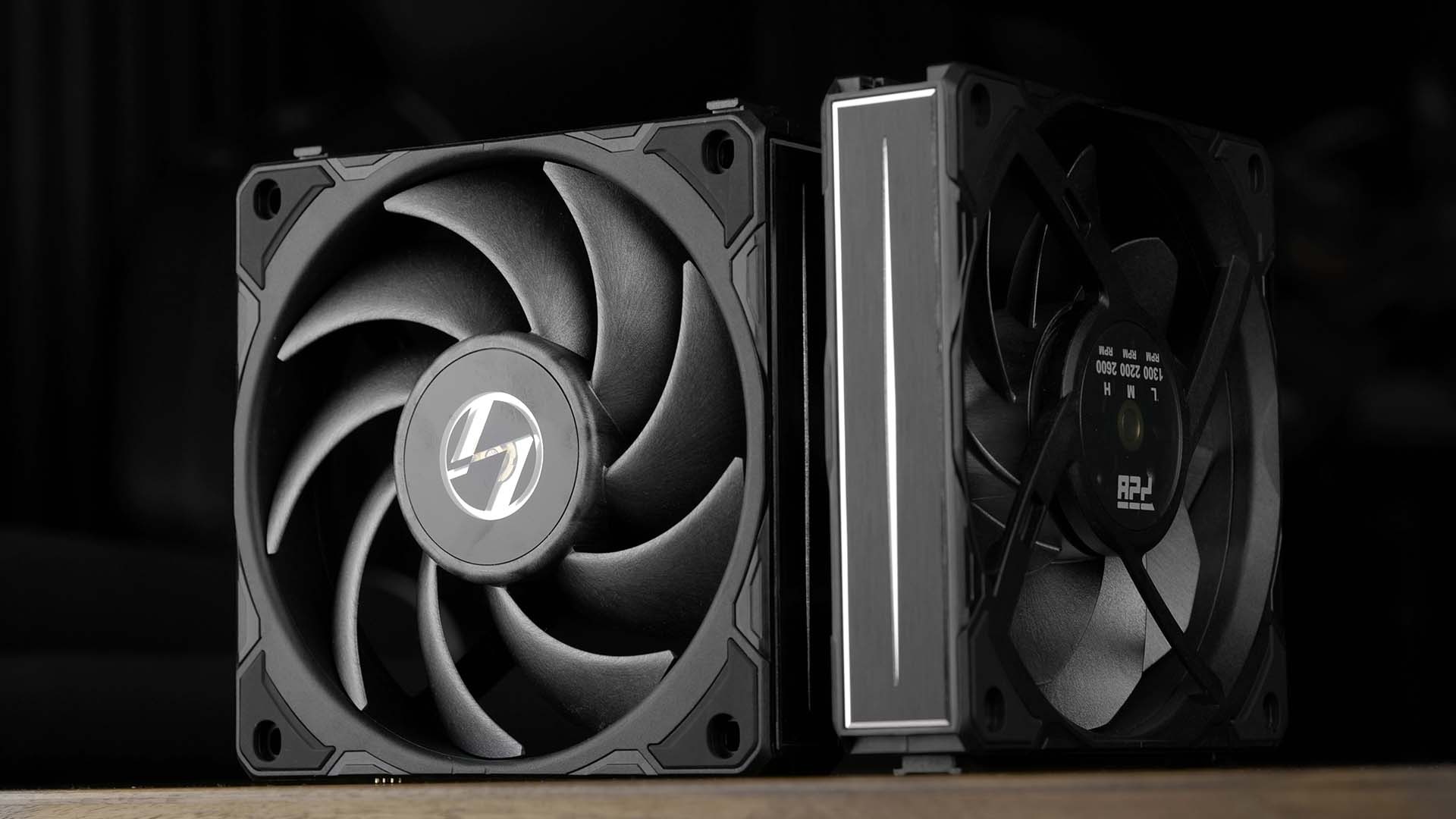
In theory, installing a P28 is nothing else than on any other fan.
If looked closely, however, the provided screws seem to be significantly longer than what we are used to.
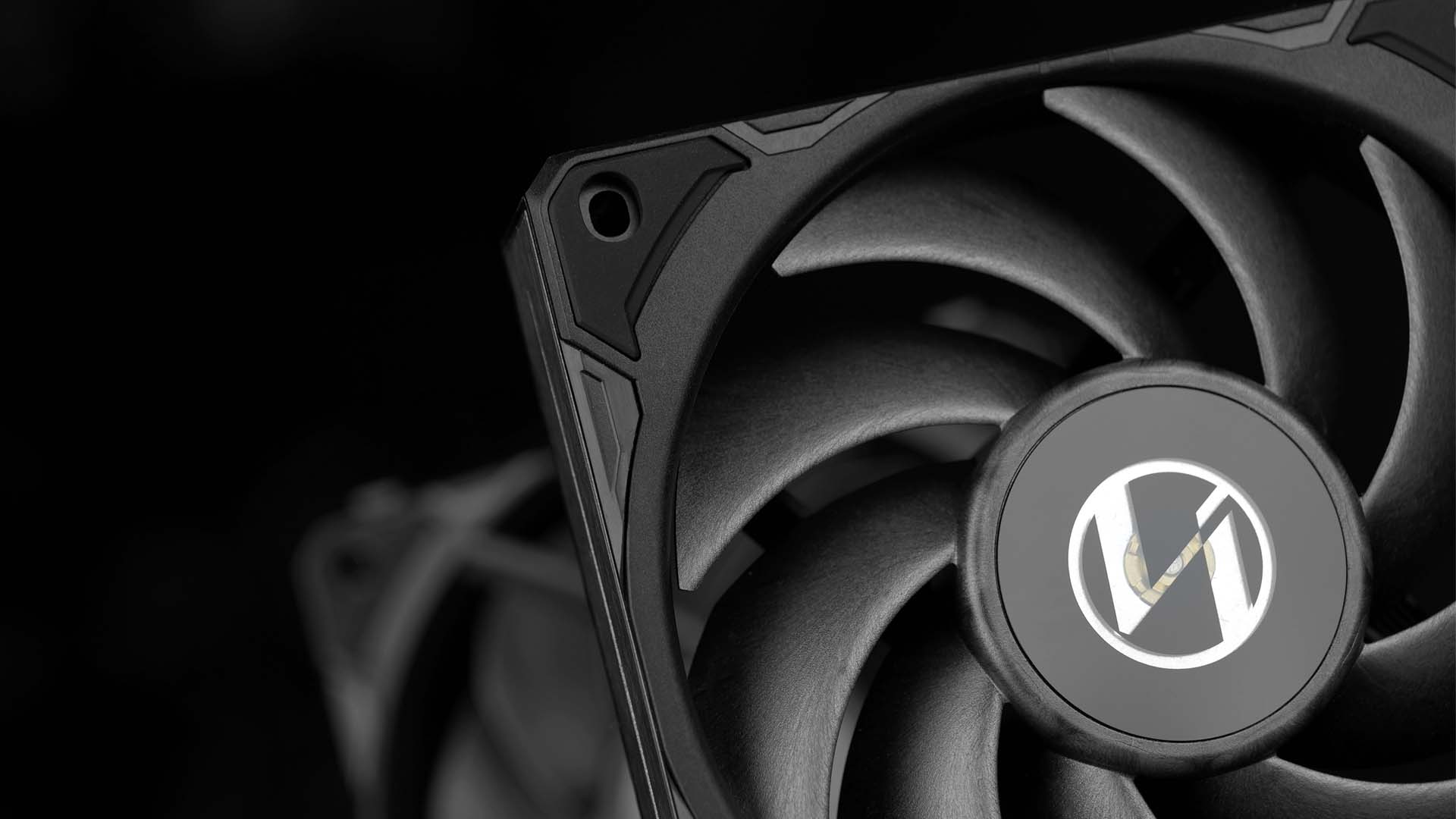
This is due to Lian Li pressing-in the screw holes on each of the Fans' corners. Doing this allows the P28 to be used with regular Radiator screws although the fan itself is 28mm thick compared to the usual 25mm form factor.
Additionally, this also automatically hides the radiator screws completely inside the fan leaving the user with nothing but a nice-looking fan.
For regular case-uses however, this means that we are meant to use the screws provided due to their length.

But before we can install any fan, we still need to decide on how to connect them. Similarly to every other Uni fan ever to hit the store shelf, the P28 comes with the UNI Daysichain system.
This allows us to connect one fan to the next one creating long chains of fans without any cable mess in between.
To connect the fans to your Motherboard, Lian Li includes 3 Uni-to-PWM adapters. These can either be mounted to every single fan, or to a chain of fans where only a single cable is needed per chain.

From there, the user is left with a last decision to make. Included in the box, we will find Lian Li's attempt of a Speed controller. This one connects in between your motherboard and a chain of Fans.

Thanks to the magnet in the back, the controller can be positioned wherever convenient for the user, and by pressing the button, every P28 fan connected will toggle between 2800, 2200, and 1300RPM.
As indicated by a little light, the user could use this to hard-limit the max fan speed, or he could not install it and do the exact same thing by setting up a proper fan curve in his system's bios.

Appearance
All black, all performance.
If there is a design principle that Lian Li went for this time, it to all performance while neglecting the RGB aspect as much as possible.
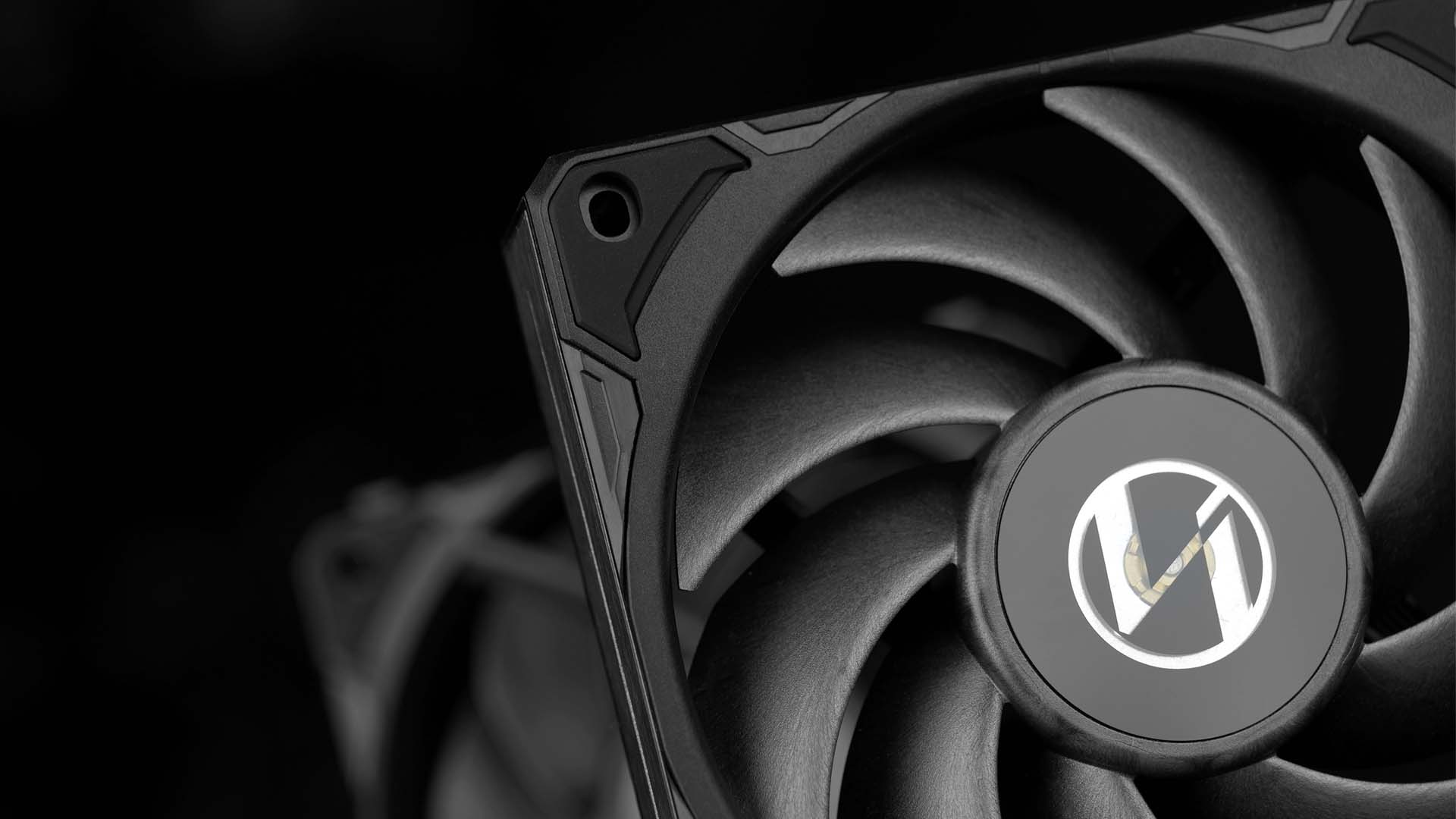
The 9 heavily bend wings of the P28 are made out of LCP. A much stronger material than usually used allows the fan wings to be much longer and almost touch the outer frame.
Each corner of the P28 is covered in a thick rubber pad for additional vibration absorption, and the only thing not fully black or white would be the shaft which is partially visible through the see-through Lian Li logo in the center of the fan.
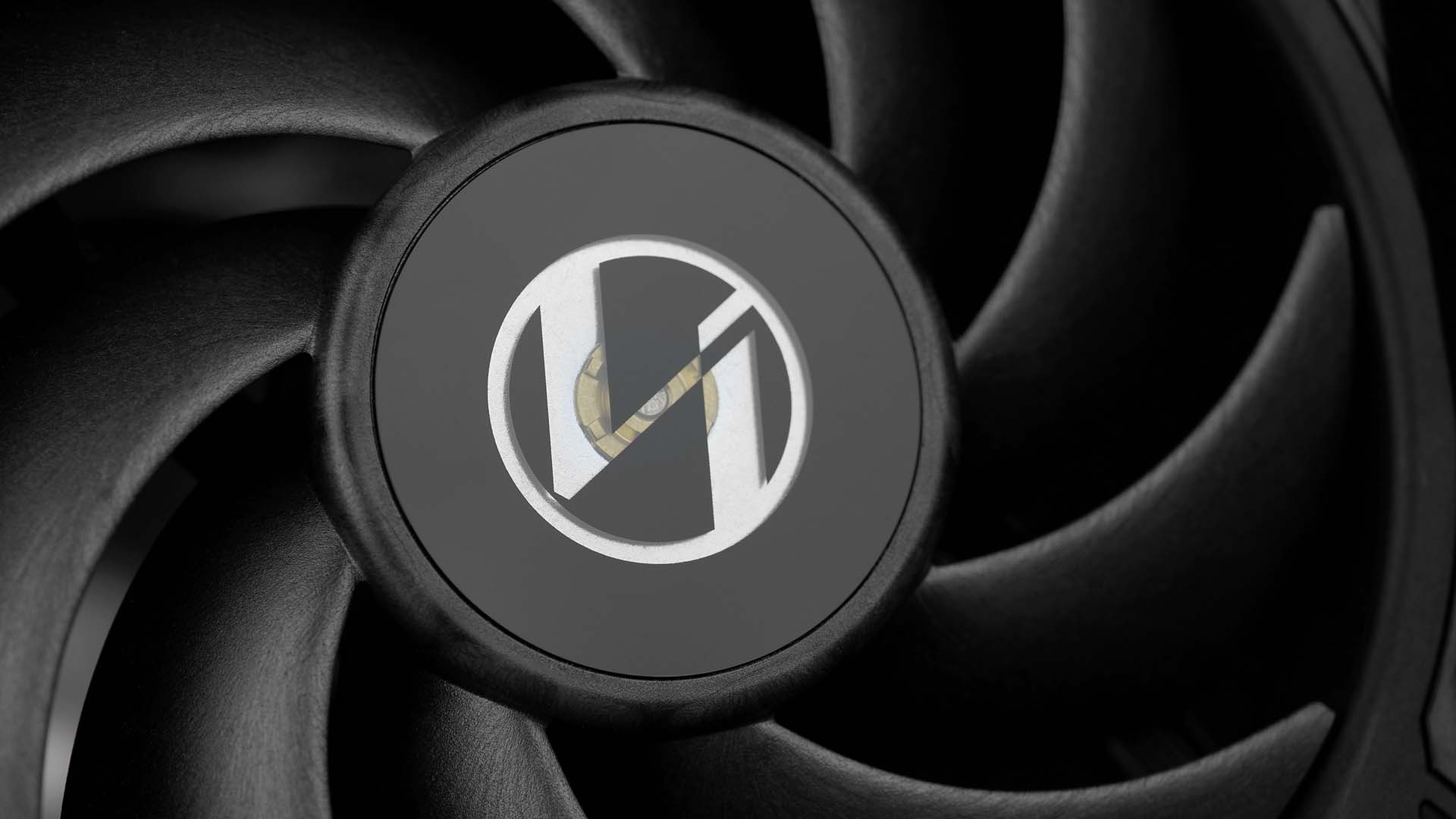
Overall, the P28 is kept very simple with every aspect of the fan being focused on performance alone. A design choice that we personally prefer, but ARGB might be the thing for you.
Benchmark
We benchmarked Lian Lis new P28s on a Case-Setup and a Radiator Setup.

Allowing the P28s to blow at full speed in a Case-specific use case, they managed to keep the CPU at 39.1°C above ambient. This positions Lian Lis performance fan just a tick behind the Noctua NF-A12x25, a very good result.
Slowly lowering the fan speed and writing down the noise at each step allows us to create a noise-to-performance chart.

Here we can see that although the P28 manages to be at the very top next to other high-performance fans like the Silent Wings 4 Pro and Arctic P12Max, it is not quite there.
Compared to the Noctua NF-A12x25, or even Lian Li's Uni SL-Inf 120, the P28 did not manage to keep such a good Noise-to-Performance ratio.

Over on the Radiator setup, we were able to observe that the P28 truly shines in a Radiator use case. Keeping the water at 11°C above ambient, the P28 managed to be only outperformed by the quicker and thick Phanteks T30.

The radiator-specific noise-to-performance ratio doubled down on this result. From start to finish, the P28 managed to keep an exceptionally good Noise-to-Performance ratio, just not quite a Phanteks T30.
Conclusion
Although not quite the T30, the P28 delivered some stunning results.
In both Radiator and Case-specific benchmarks, the P28 was amongst the best and stands strong next to the other ultra-high-speed fans.

But what sets the P28 really apart is their UNI mounting system. Unlike most fans that managed to beat it, a P28 can be used to create a chain of P28s which helps with reducing overall cable usage and cluster inside a case.
Another very strong aspect of the P28 is its build quality. Thanks to the 28mm thickness, the P28 feels much stronger in hand compared to a P12Max or NF-A12x25. The only fan managing to be even more "rigid" would be a 30mm thick Phanteks T30.

Overall, we were quite happy with the P28, from performance to quality, everything was where we expected it to be. But the most impactful change in our opinion, considering that other Uni Fans were already high-performance, to begin with, is its simple design. All black, with no RGB. A design easily integrable into every build, and finally addressing the type of users that has been left out of Lian Lis Uni Series for way too long.
If you are looking for a solid Radiator or Case Fan, the P28 is definitely an option worth considering.

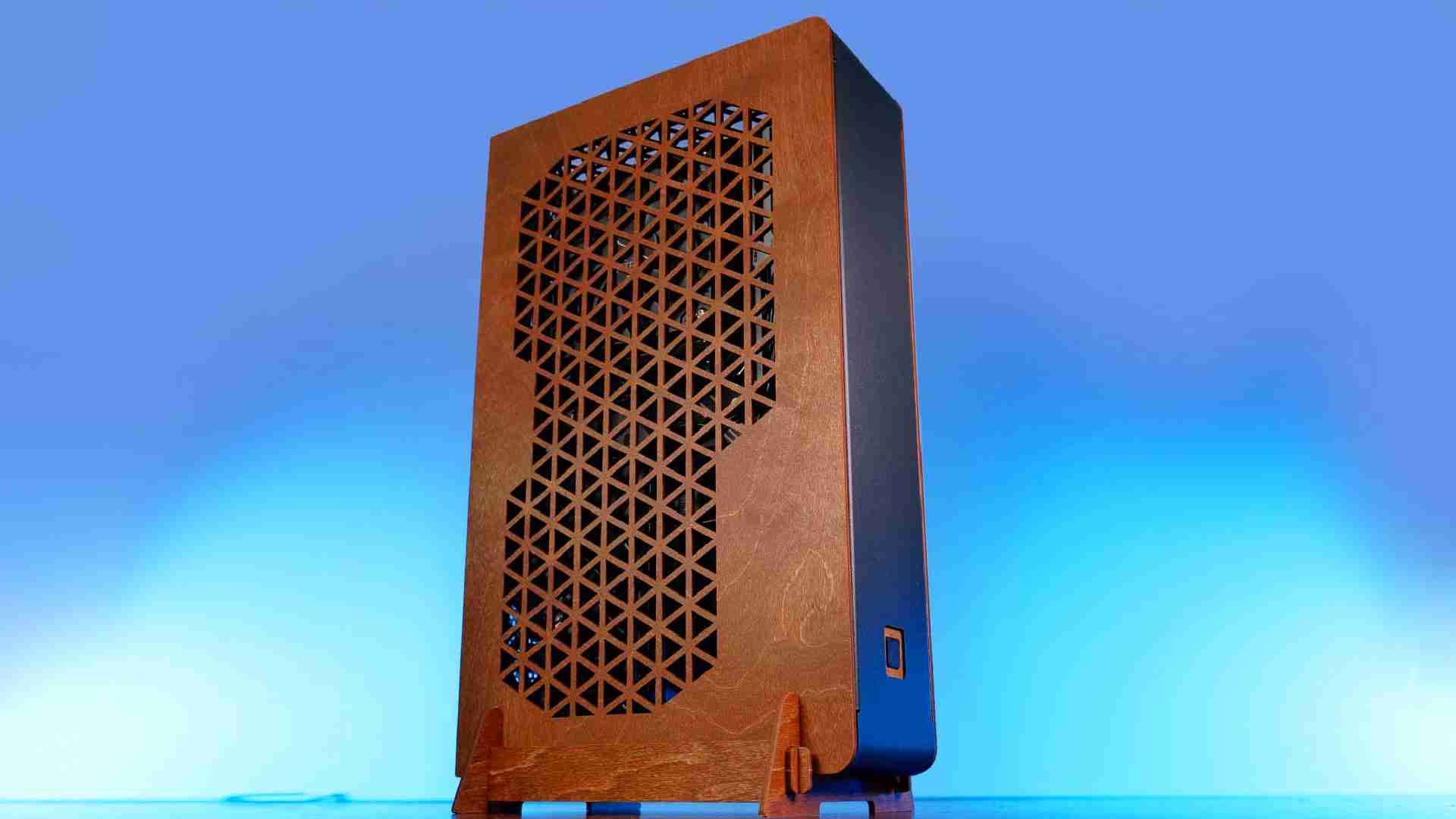
CUBEOR ASKI Review
CUBEOR is one of those companies that try to innovate by creating the most obscure, and well designed cases. But the main cha
Read More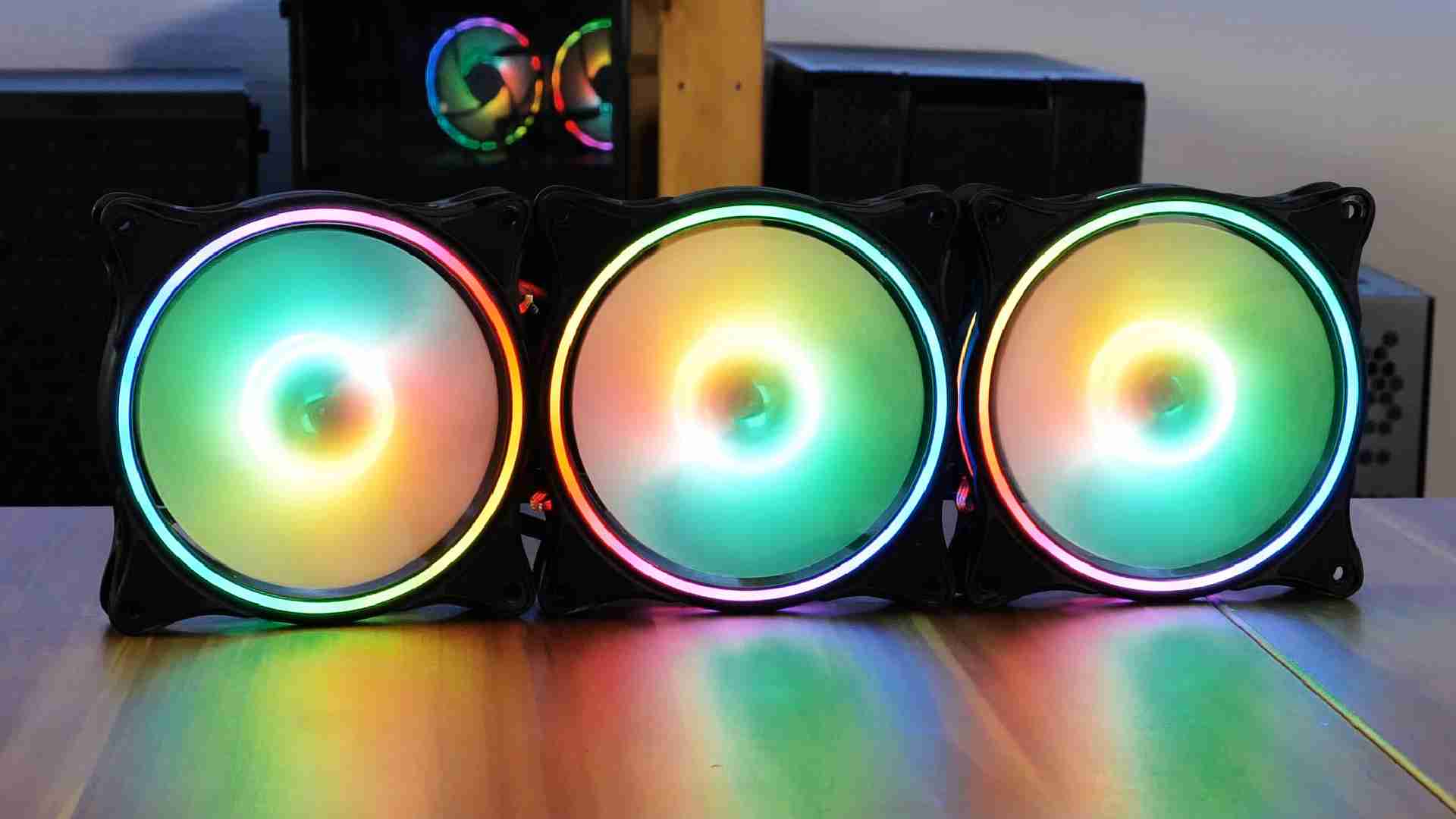
Inter-Tech RS-08 Review
Inter-Tech released another set of Fans. Under the Argus name, Inter-Tech included a completely new feature in their RS-08 Mo
Read More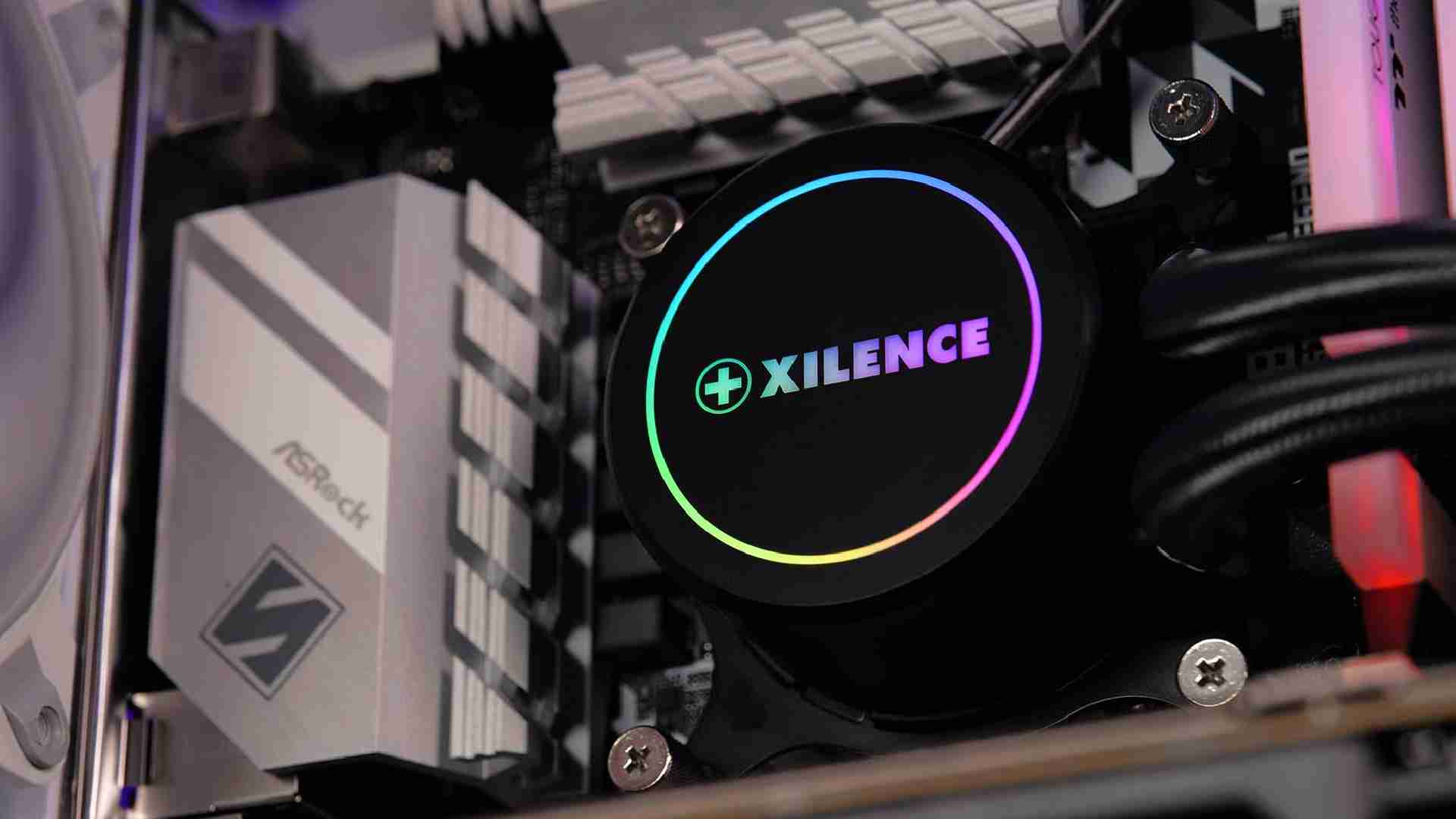
Xilence LiQuRizer 360 ARGB Review
After Xilence managed to set a new record for price-to-performance within the AIO market, they now are looking to take over t
Read More
Lian Li Galahad II Trinity 360 Review
Lian Li and their Galahad series of AIOs was always known to be among the very best. Let us take a closer look at the newest
Read More